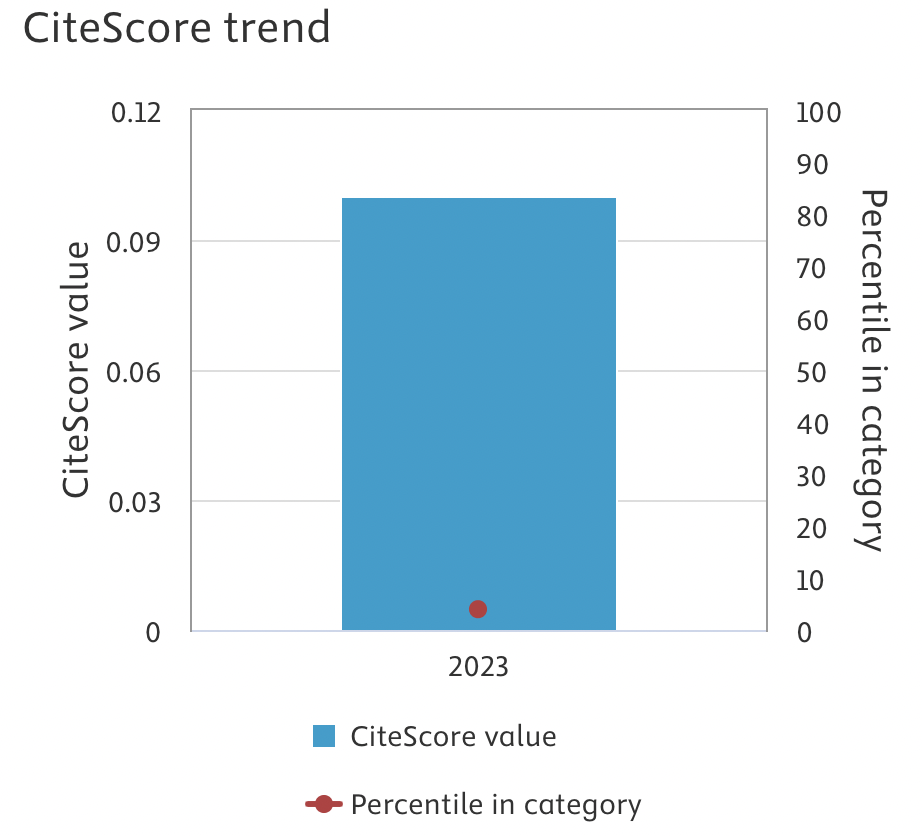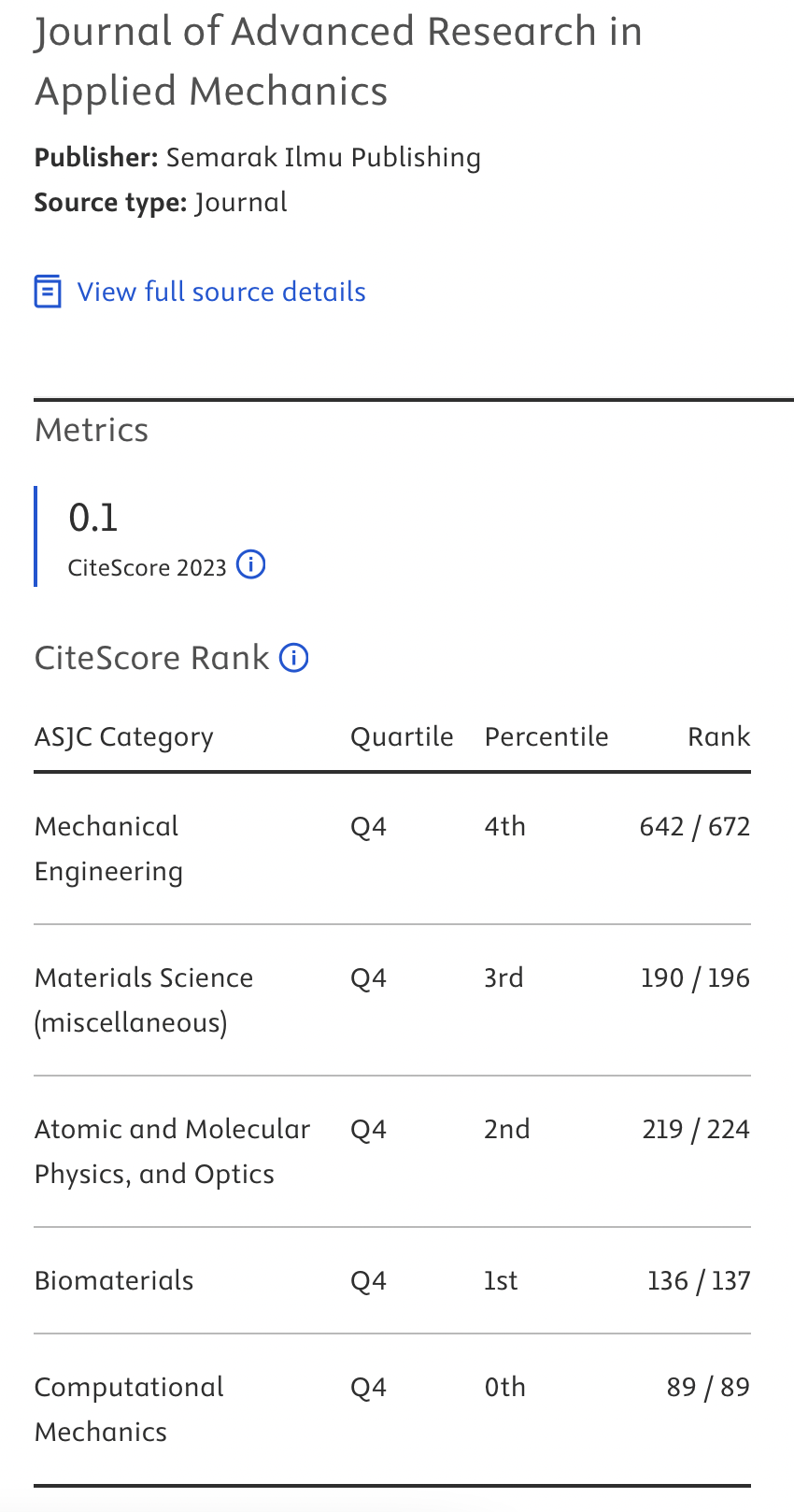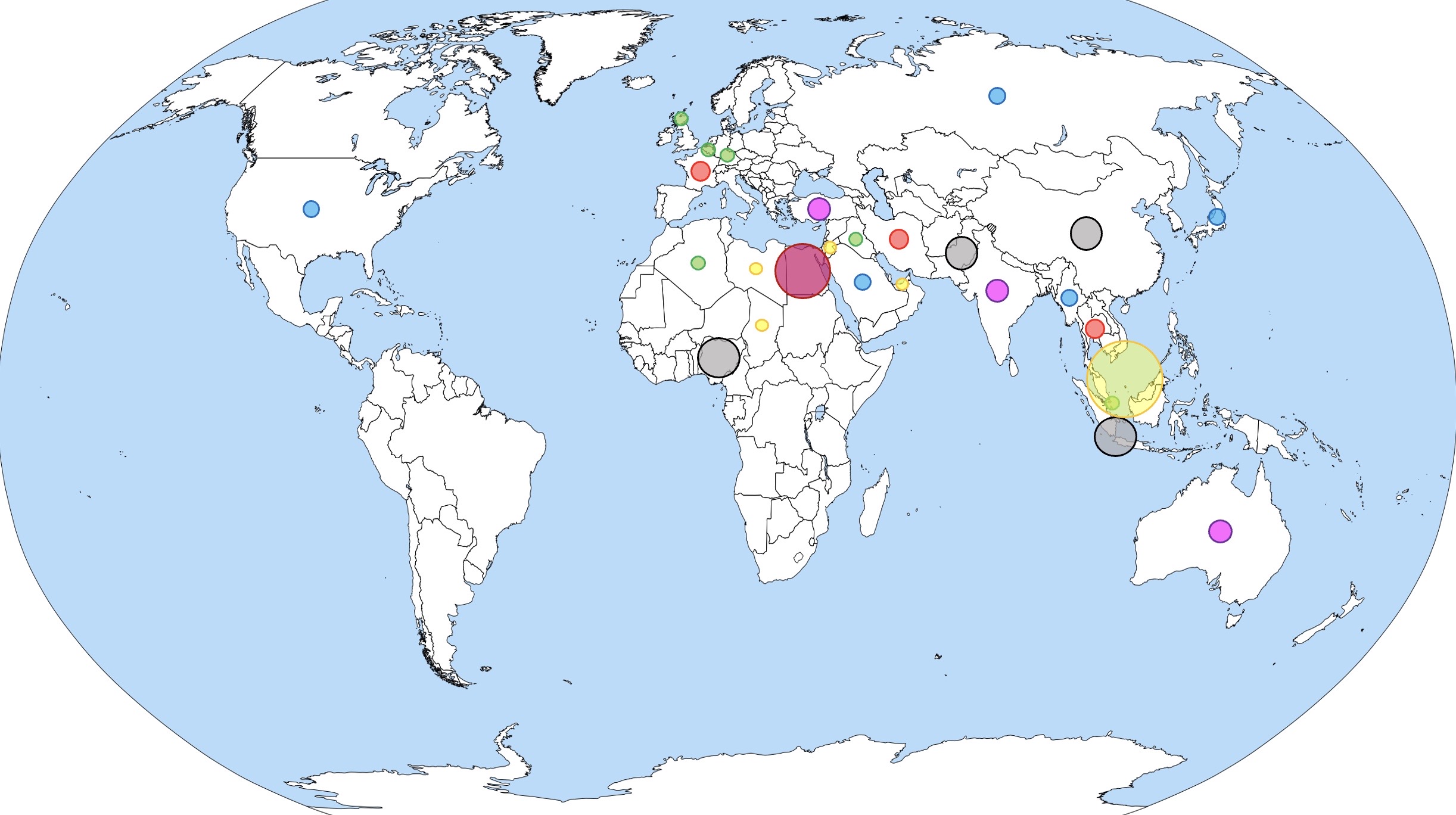Enhancing Dynamic Behaviour of Exhaust Structure by Reconfiguration the Hanger Locations using Updated FE Model with Joint Modelling Strategy
DOI:
https://doi.org/10.37934/aram.130.1.115Keywords:
Numerical analysis, joint modelling strategy, hanger location, exhaust, FE model updatingAbstract
This paper presents numerical analysis study in enhancing the dynamic behaviour of exhaust structure through reconfiguration the hanger locations using reliable Finite Element (FE) model. The main objective of this study is to reduce the original amplitude (displacement) of test structure by relocating the hanger position. Initially, the test structure has been modelled with joint modelling strategy using existed element connectors in Finite Element Analysis (FEA) package, MSC. Patran such as CELAS, CBAR, CBEAM, and RBE2 to replicate welded joint in the FE model. Since FEA is a numerical prediction method which used the assumption and simplification during pre-processing stage, thus it’s required to be validated with its measured test data through correlation process. This measured test data was acquired from Experimental Modal Analysis (EMA). Validation process between FEA and EMA showed that CBAR element connector is feasible to replicate welded joint in the FE model with 4.10 % of percentage error compared to the other element connectors. This FE model with CBAR element connector then treated with FE model updating technique to improve the agreement between numerical prediction result with its measured test data. The FE model updating technique has been implemented to alter certain dynamic properties with the assistance of design optimisation SOL200 function which available in MSC. Nastran. The discrepancy between numerical prediction and its measured test data successfully reduced from 4.10 % to 3.74 %. Next, the updated FE model has been used in final action of this study which is reconfiguration of hanger locations in enhancing dynamic behaviour of test structure. There are about 35 case studies with different configuration of hanger locations were analysed using modal frequency response analysis SOL111 in MSC. Nastran. From this analysis it showed that case study no. 9 has the smallest displacement with 0.77 mm compared to the others case study while its original hanger location has recorded 17 mm of displacement. This proposed method in this study is feasible to be implemented for different type of exhaust structure since it’s more economic compared to field testing method which consumed more time, effort, and expenditure.
Downloads



























